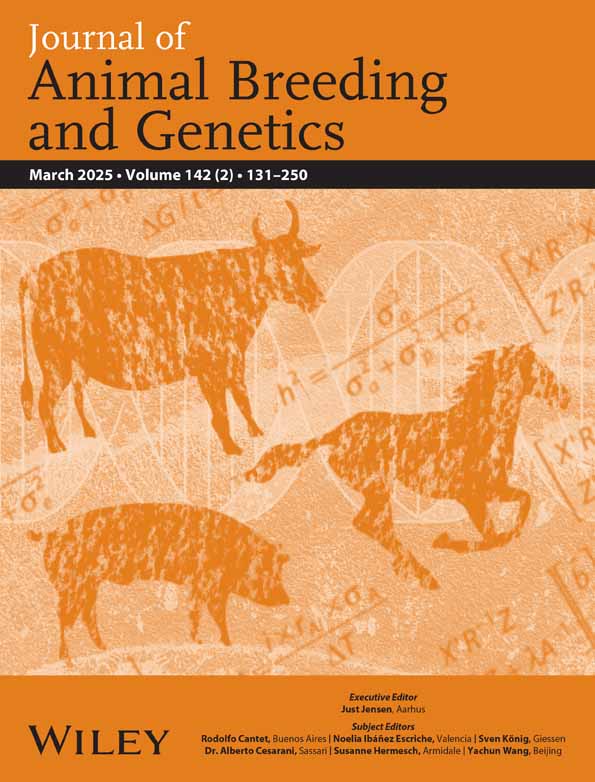Multivariate analysis of herd structure and genetic resource indicators in seedstock beef cattle herds
Abstract
Genetic, environmental, technological and financial resources are used differently in cattle herds that participate in the same breeding programme. The percentages of calves sired by sires within their own herd or from external herds vary across herds, as do the intensities of use of reproductive biotechnologies. These divergences may be related to differences in the indicators of genetic performance for economic traits. The aim of this study was to determine the factors related to herd structure and genetic resource utilization that exert the greatest influence on the genetic merit of seedstock herds within a Nellore breeding programme. The database comprised 21 factors, along with genomic-enhanced expected progeny differences (GE-EPDs) for growth, reproductive and carcass traits, as well as a selection index of animals from 128 herds. By combining principal component analysis and cluster analysis, we were able to group the herds. We identified statistically significant differences (p < 0.05) in the mean values of the factors, GE-EPDs and genetic trends among the groups of herds. Differences in the percentage of sires from external herds and in sire age between the groups of herds were the factors most associated with differences in mean GE-EPDs and genetic trends. Using young sires from other herds or lineages is an effective strategy in animal breeding. By enhancing genetic variability, this approach does not only improve the genetic quality of herds but also accelerates genetic progress in desired traits over time. Therefore, to ensure the success of this strategy, it is crucial that seedstock herds undergo a thorough selection process aimed at maximizing the genetic potential of future generations of beef cattle.
CONFLICT OF INTEREST STATEMENT
We declare that Leonardo Martin Nieto and Maury Dorta de Souza Junior are employees of Geneplus Consultoria Agropecuária Ltda. The remaining authors declare that the research was conducted in the absence of any commercial or financial relationship that could be construed as a potential conflict of interest.
Open Research
DATA AVAILABILITY STATEMENT
The data used in this study are from commercial farms and will be made available on request.




